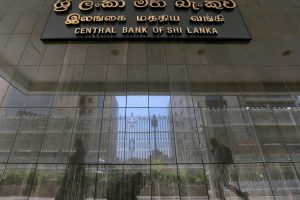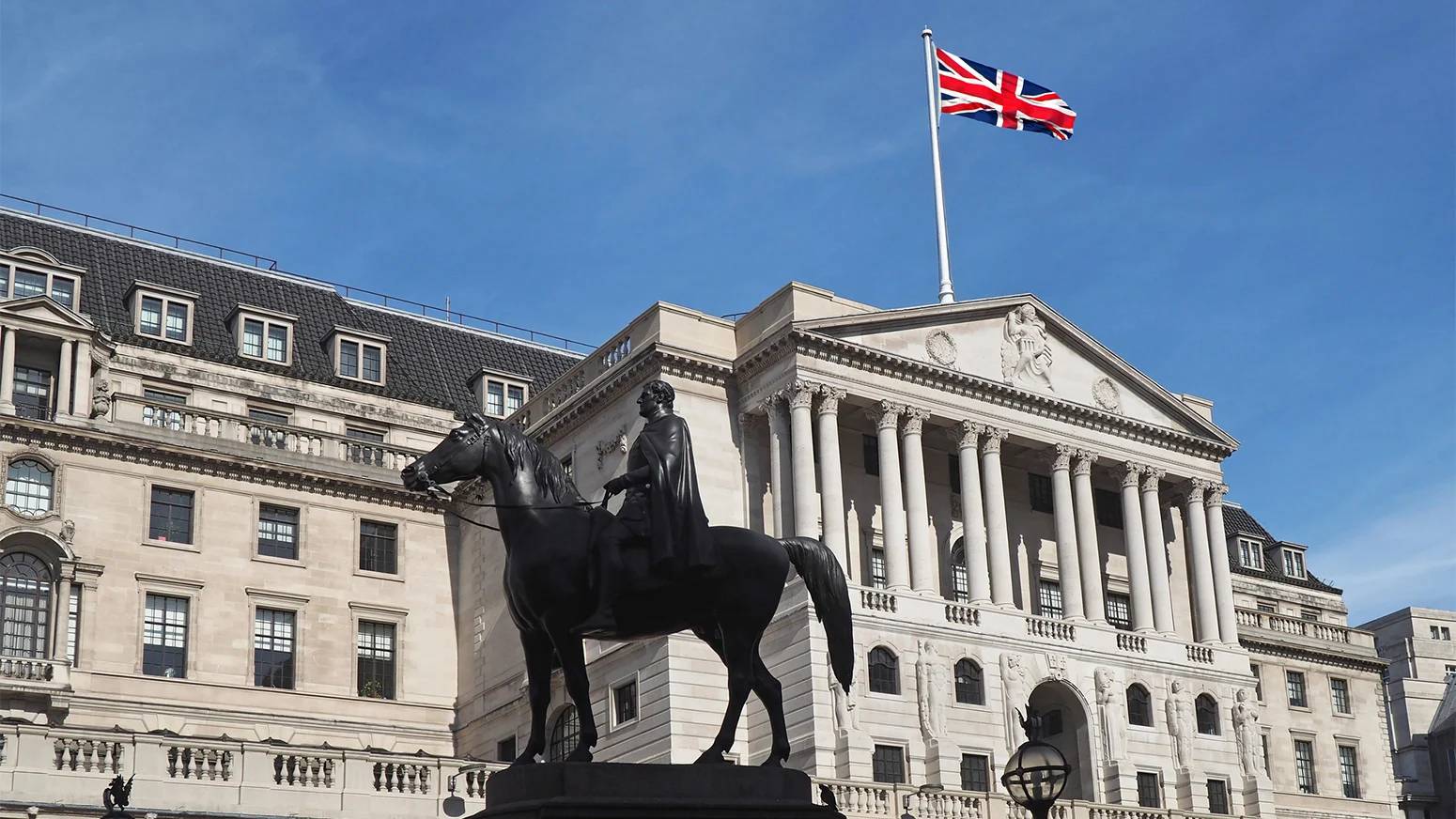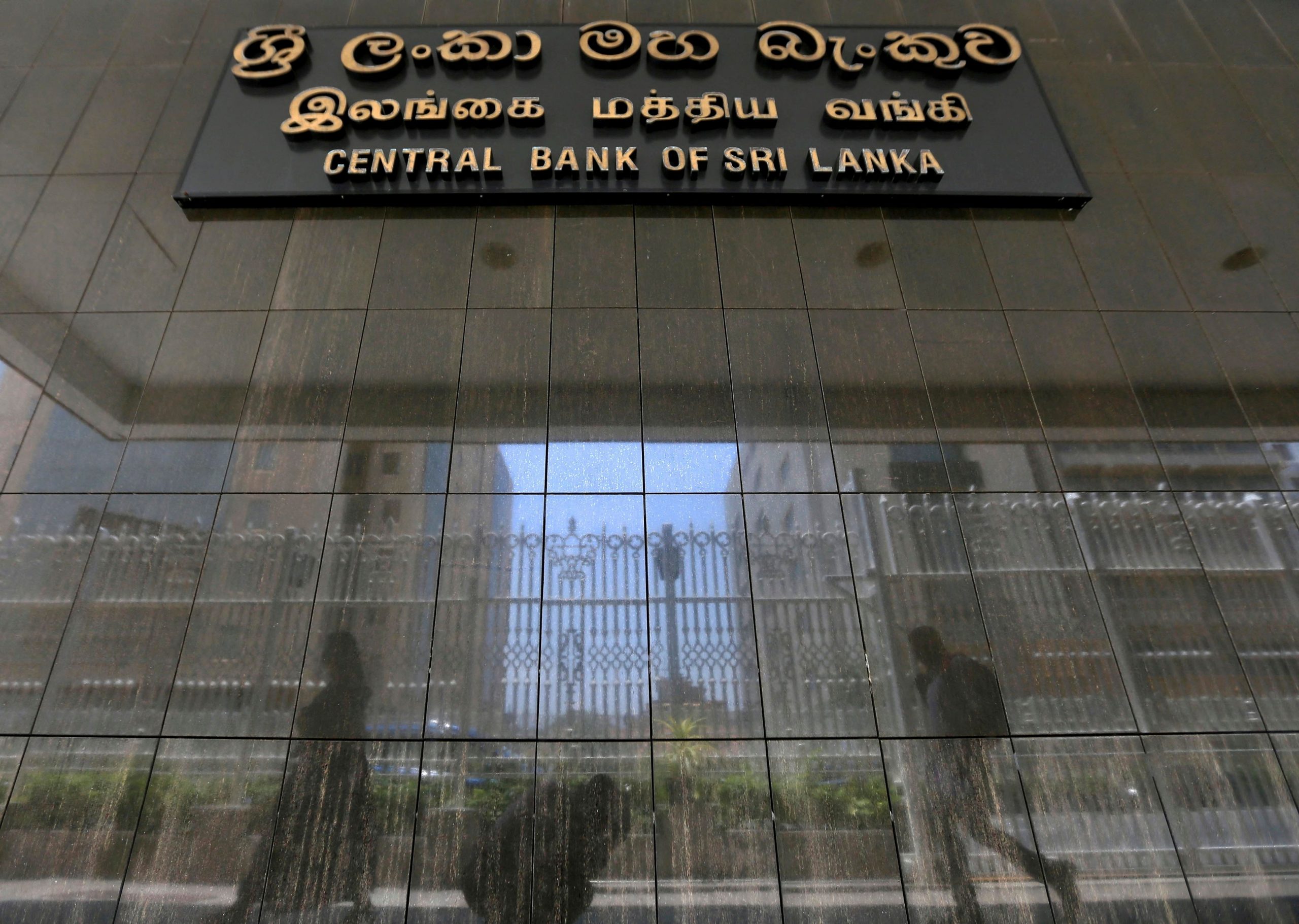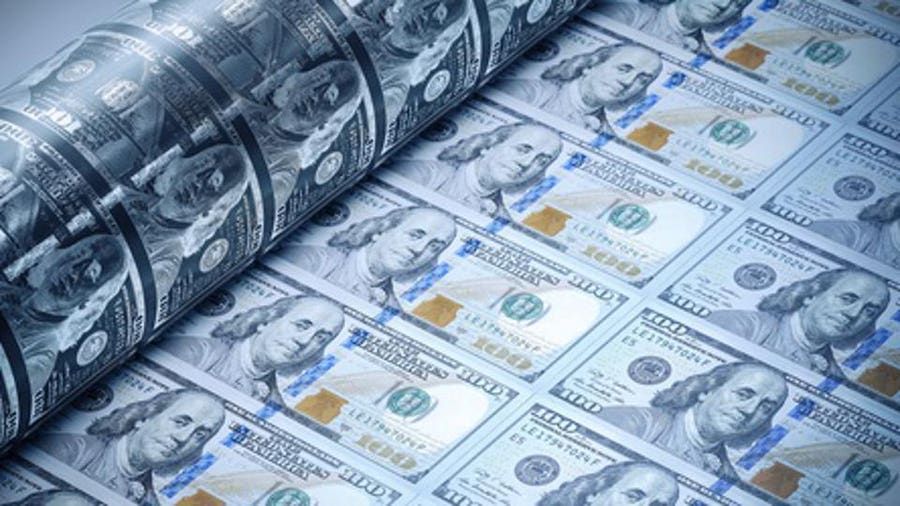Inflation in the United Kingdom, a proverbial bad actor in the nation’s financial saga, once again reared its ugly head last week. A reduction in the headline rate from 10.1% to 8.7% might have had optimists rejoicing, thinking that the tide was turning. Still, a closer look at the data revealed that this drop was merely a statistical mirage, an artifact of last April’s significant surge in energy prices falling out of the annual comparison.
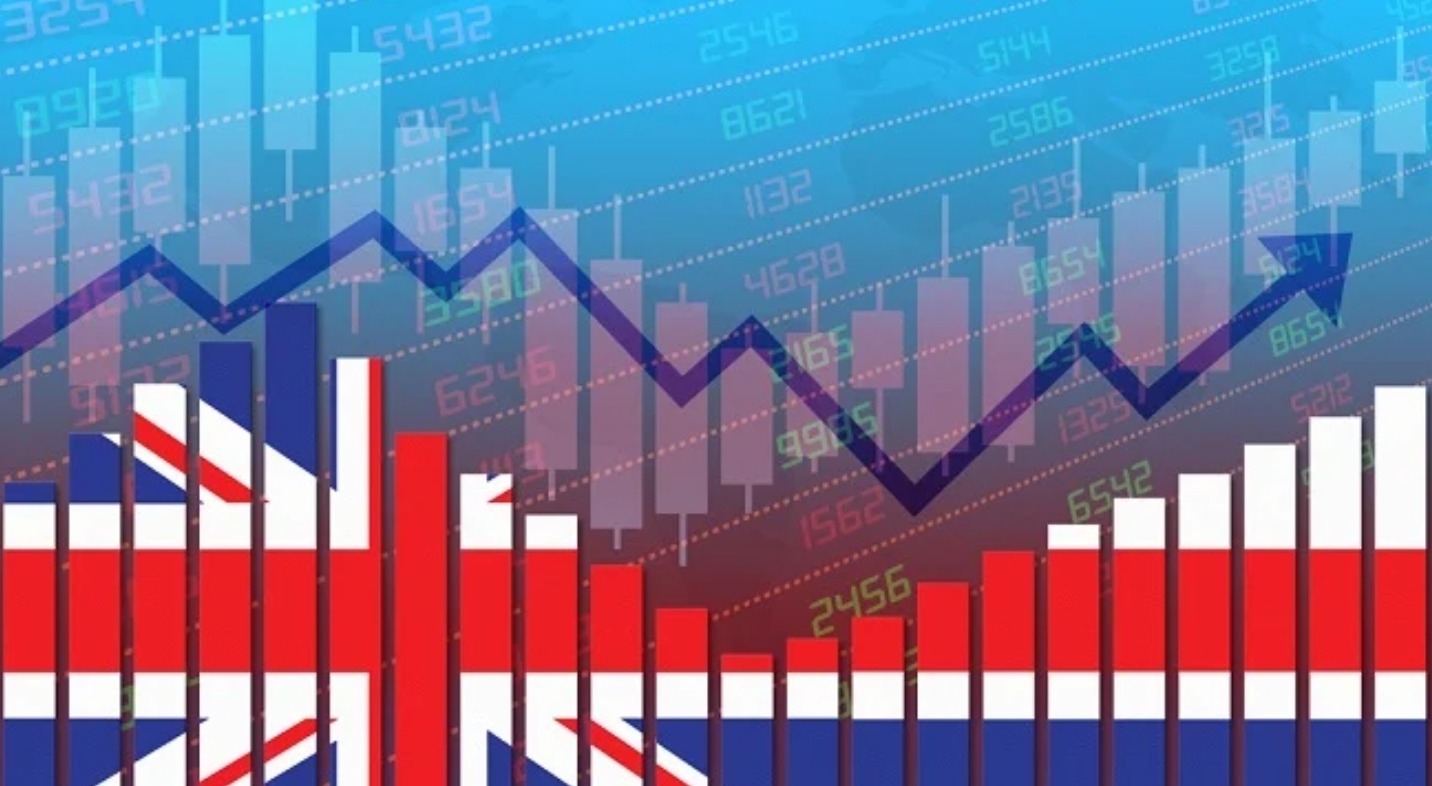
The true malefactor, largely overlooked amidst the uproar over headline rates, was the core inflation rate, which, far from receding as many had hoped, rose from 6.2% to 6.8%. This was not the result of the usual suspects – the food prices – as they do not figure in the core measure. The culprit was clear: pure, unadulterated inflation, experienced practically everywhere, across the board. So, what exactly is happening?
The Bank of England, along with its US counterpart, the Federal Reserve, had previously sought to placate the public by attributing these soaring prices to ‘transitory’ causes. They argued that these transient spikes would dissipate and that inflation would gradually return to its target rate. They were correct about the transitory nature of the pressures, but they grossly miscalculated their impact. They failed to consider that temporary price increases can have lasting effects as wages and prices spiral upwards in a relentless chase.
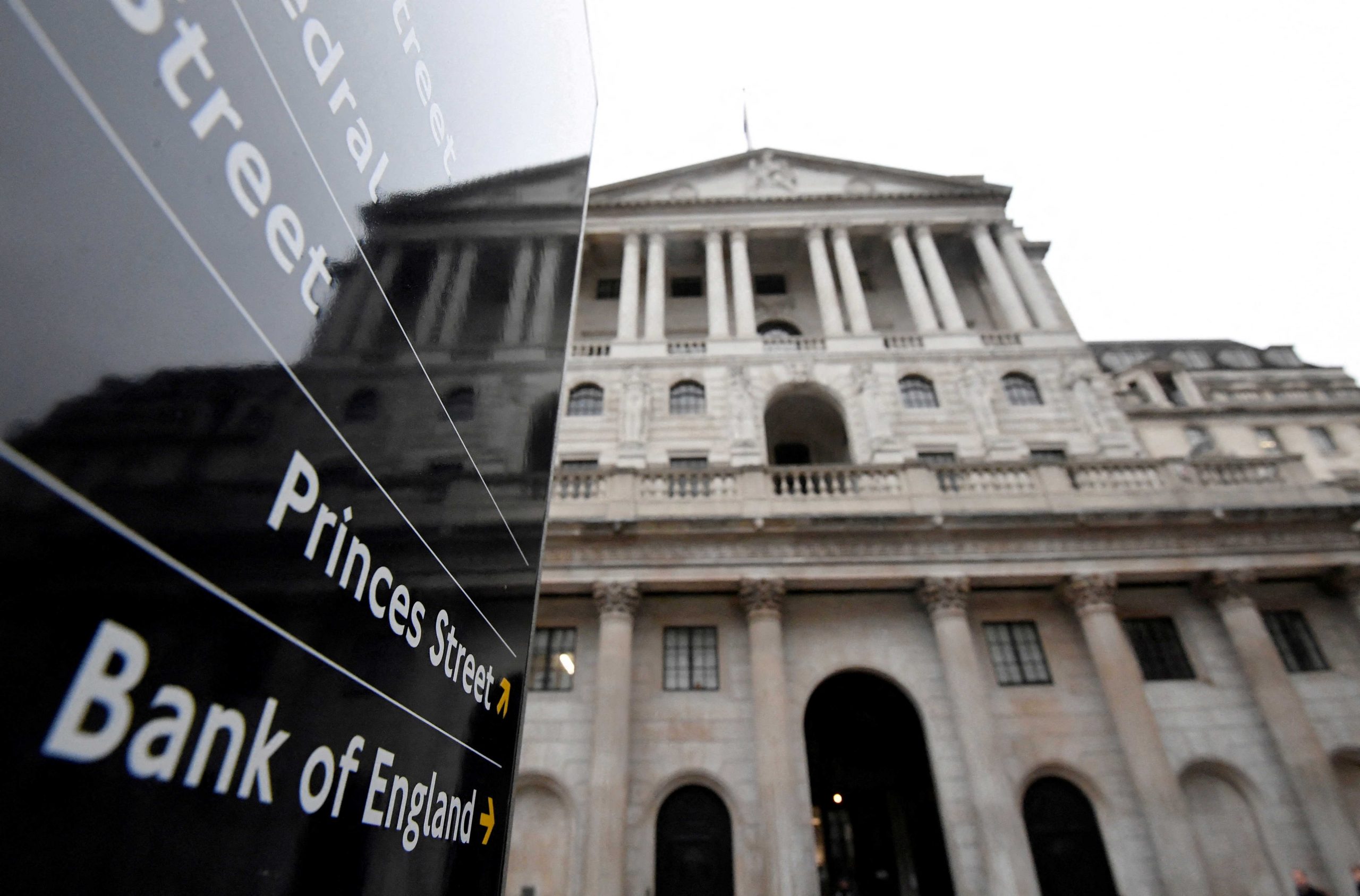
The Bank has since come forward to acknowledge errors in its forecast models. Critics, including myself, have long pointed out the Bank’s disregard for the money supply and its excessive emphasis on inflation expectations. The erroneous presumption that an expected inflation rate of 2%, in sync with the Bank’s target, would somehow manifest as the actual rate, has been shown for the fallacy that it is.
The real-world does not operate on expectations alone. People and companies focus more on what has happened recently and what is happening in the present than on speculating about the future. Right now, we find ourselves in a wage-price spiral, largely driven by a considerable squeeze on living standards due to skyrocketing costs.
This inflationary surge is occurring against a backdrop of a tight labour market, a lax fiscal policy, and a highly accommodative monetary policy. It’s no wonder then that the Bank’s tepid attempts to rein in inflation by belatedly raising interest rates, and that too at a sluggish pace, have proven to be insufficient.
Historically, when authorities needed to get a handle on inflation, they were far bolder in their actions. We only have to look back to June 1979 when the Bank Rate was hiked from 12% to 14% in one fell swoop or September 1992, when interest rates rocketed from 10% to 15% in a single day. Today’s more cautious approach to rate hikes might not be enough to tame the inflation beast.
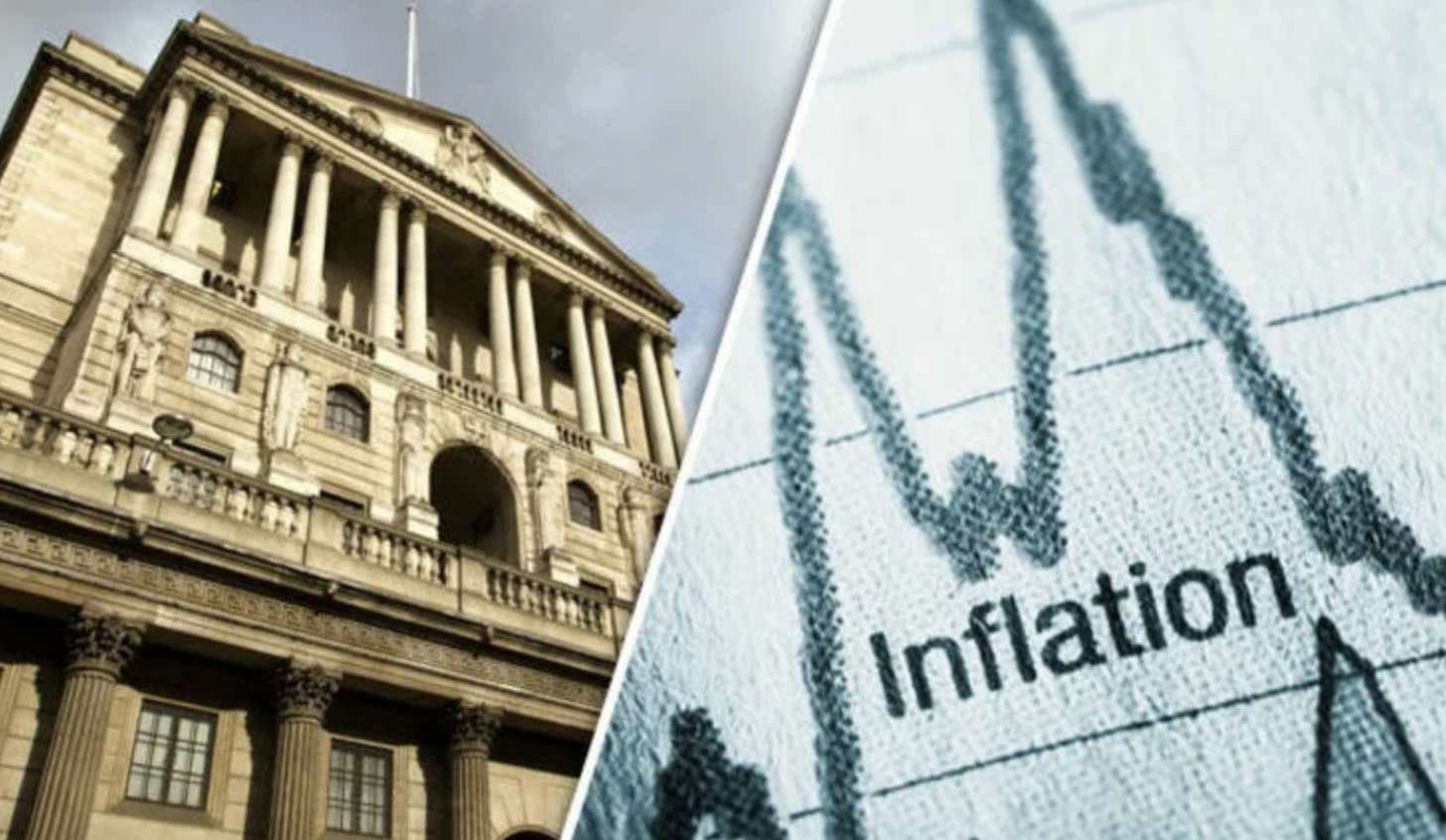
The challenge for the Bank is to rein in inflation without causing undue harm to economic growth, employment, or precipitating a financial crisis. It’s a delicate balancing act. The recent pension fund meltdown following the Truss/Kwarteng mini-budget last year has only exacerbated these concerns.
Inflation is a tiger that, once escaped from its cage, is tough to recapture. It usually involves a significant amount of pain, particularly if the beast is not swiftly and boldly confronted. A delayed or half-hearted attempt to contain inflation could see it galloping ahead, even as the central bank attempts to tighten the reins.
Looking ahead, there might be a glimmer of hope for the headline rate of inflation to fall as last year’s monthly price level increases drop out of the annual comparison. Also, the rate of increase of producer prices has begun to slow down. However, the inflationary process has already moved on to stages two and three. The major concern now is not just the price of goods but the escalating unit labour costs, particularly in the service sector where labour costs dominate.
Given minimal productivity growth, wage growth must not exceed 3% to be consistent with a 2% inflation rate, a far cry from the current 6%. Therefore, it’s becoming increasingly apparent that interest rates may need to climb to as high as 6% or even 7% to get this inflationary tiger back in its cage.
If these predictions prove accurate, it would strike a severe blow to mortgage holders, both present and prospective, and potentially depress economic activity. Although the International Monetary Fund has recently revised its outlook on the UK economy and is no longer predicting a recession this year, the steep rise in interest rates could very well plunge the economy into a downturn. It’s a worrying prospect, and it seems that the battle against inflation is far from over.
©traders-news.online
